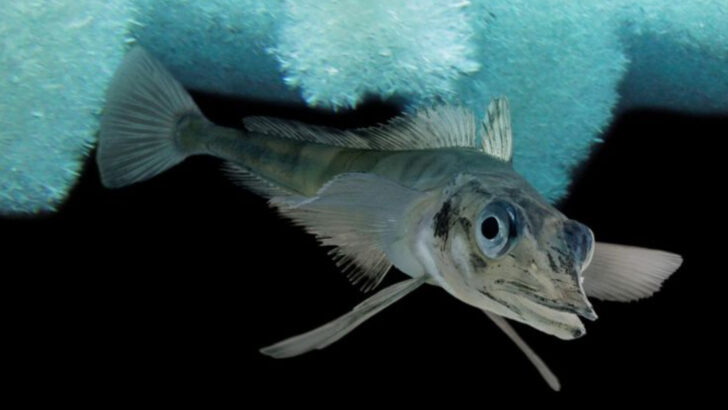These animals laugh in the face of danger—and survive what would kill us in a heartbeat. Extreme heat? Freezing cold? Crushing pressure? Poison? They handle it all like it’s no big deal. Nature’s toughest survivors don’t just endure—they thrive where most life would snap and break. From microscopic warriors to giant beasts, these 20 creatures rewrite the rules of survival. They’re tougher, stranger, and more incredible than you ever imagined. Get ready to meet the ultimate masters of resilience. If you thought humans were hardy, wait until you hear their stories.
Tardigrade
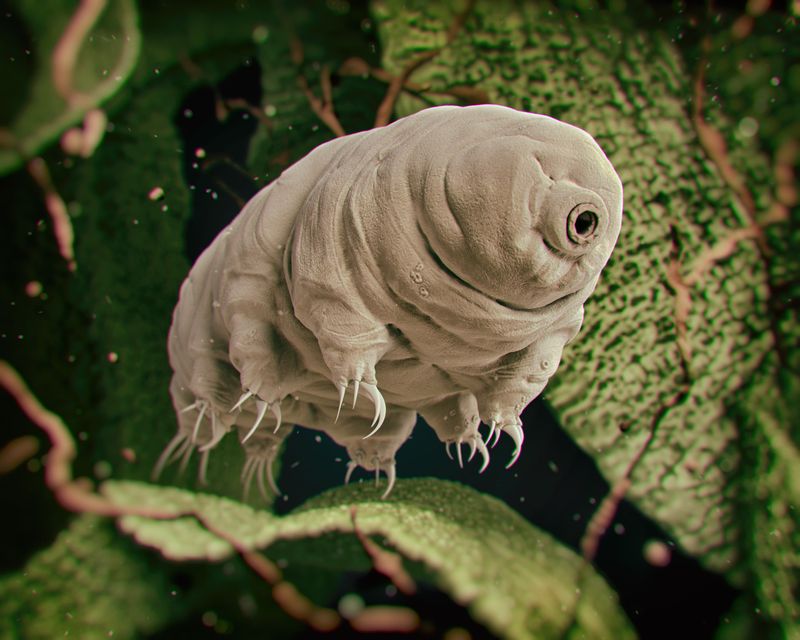
With a knack for survival, the tardigrade, or water bear, is a microscopic marvel. It endures extreme conditions, from the vacuum of space to the depths of the ocean. These resilient creatures can withstand radiation that would destroy most life forms.
Their secret lies in cryptobiosis, a state where metabolic processes nearly halt. In this form, tardigrades can survive freezing and boiling temperatures. Remarkably, they can live without water for years.
Tardigrades are ancient, dating back over 500 million years. Their durability makes them a symbol of life’s tenacity.
Cockroach
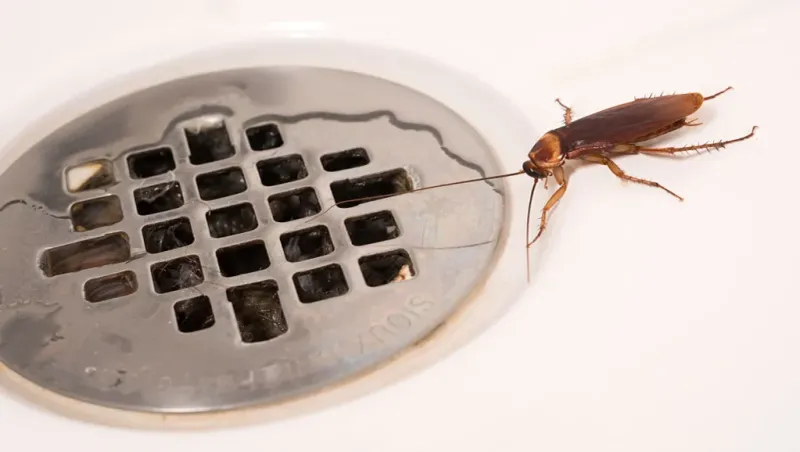
Renowned for their resilience, cockroaches have been around for over 300 million years. They can survive high doses of radiation, much beyond human tolerance.
Cockroaches can go without food for a month, and without water for a week, showcasing their incredible adaptability. Their ability to hold their breath for 40 minutes demonstrates their endurance.
A quirky fact: cockroaches can live without a head for a week, thanks to their decentralized nervous system. These survival specialists thrive in a variety of environments, from forests to urban jungles.
Emperor Penguin

The emperor penguin braves the harsh Antarctic winter like no other. Enduring temperatures as low as -60 degrees Celsius, they rely on unique adaptations for survival.
Their dense feathers and a layer of fat provide insulation. Huddling together, they conserve warmth, sharing body heat among the group. Their diet of fish and squid fuels their long treks across the icy terrain.
Impressively, emperor penguins can dive over 500 meters deep, holding their breath for up to 20 minutes. These extraordinary birds symbolize endurance and community spirit in severe conditions.
Wood Frog

The wood frog’s remarkable survival tactic involves freezing itself during winter. Found in North American forests, it can survive with 65% of its body water turned to ice.
Its heart stops, and its metabolic rate plummets. As spring arrives, it thaws and resumes normal activities. This ability allows it to endure harsh, cold climates.
The wood frog’s unique adaptation is a fascinating example of nature’s resilience. It serves as a reminder of life’s adaptability and the surprising ways animals cope with winter’s challenges.
Camel
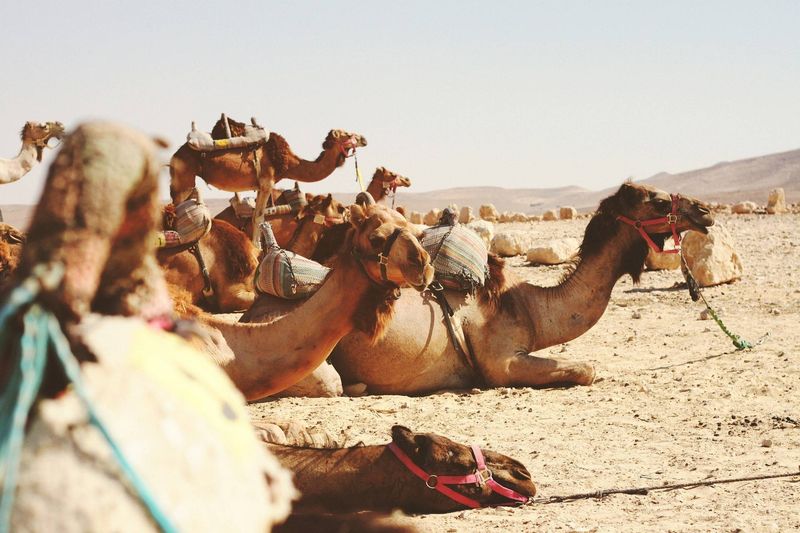
Masters of desert survival, camels withstand extreme heat and scarce water. Their humps store fat, allowing them to survive long periods without food. They can drink up to 40 gallons of water in one go.
Camels’ thick eyelashes and ear hair protect against sand, while their wide feet prevent sinking into the sand. They can close their nostrils to keep out dust.
In the harsh climate of deserts, camels’ endurance is legendary. Their adaptations enable them to traverse vast, arid landscapes, symbolizing strength and survival.
Antarctic Icefish
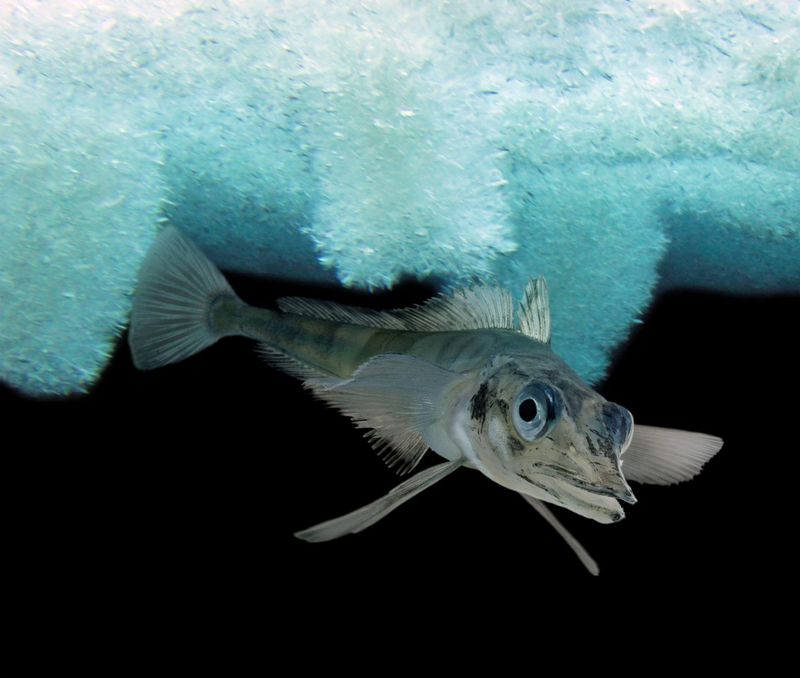
In the frigid waters of the Southern Ocean, the Antarctic icefish thrives. Unlike other fish, it lacks red blood cells and hemoglobin, giving its blood a ghostly transparency.
This unique adaptation prevents its blood from freezing, allowing survival in temperatures that would kill other fish. Its large heart and blood volume facilitate efficient oxygen transport.
The icefish’s remarkable physiology is a testament to evolutionary innovation. It highlights how life can adapt to extreme cold, surviving where few others can.
Naked Mole Rat
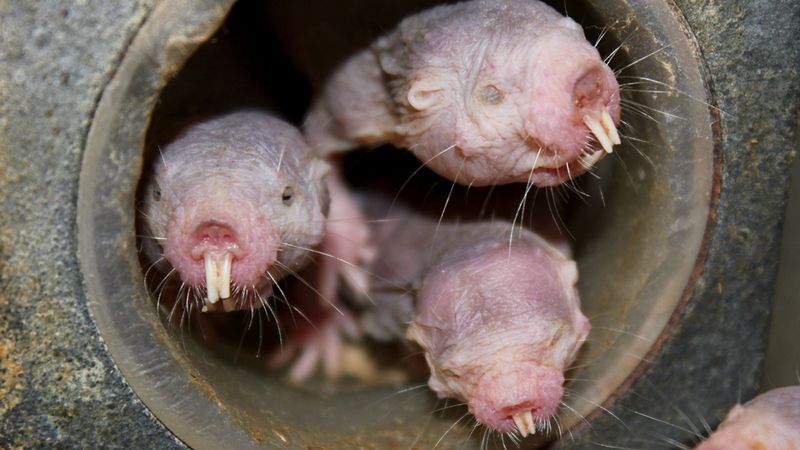
The naked mole rat defies the typical mammalian mold. Living underground in East African deserts, these creatures thrive in low-oxygen environments. They can survive without oxygen for up to 18 minutes.
Remarkably, naked mole rats are resistant to cancer, a trait that fascinates scientists. Their eusocial structure resembles that of bees, with a single breeding queen.
Their longevity and resilience offer insights into adaptation and survival. These intriguing rodents challenge our understanding of mammalian biology and resilience.
Immortal Jellyfish

Turritopsis dohrnii, known as the immortal jellyfish, has a unique ability to reverse its lifecycle. When threatened, it transforms back into a polyp stage, effectively starting life anew.
This biological feat allows it to bypass death, making it theoretically immortal. Found in oceans worldwide, it symbolizes perpetual regeneration.
Despite its small size, the immortal jellyfish poses big questions about aging and survival. Its life cycle reversal is a captivating example of nature’s ingenuity and the endless possibilities of adaptation.
Polar Bear
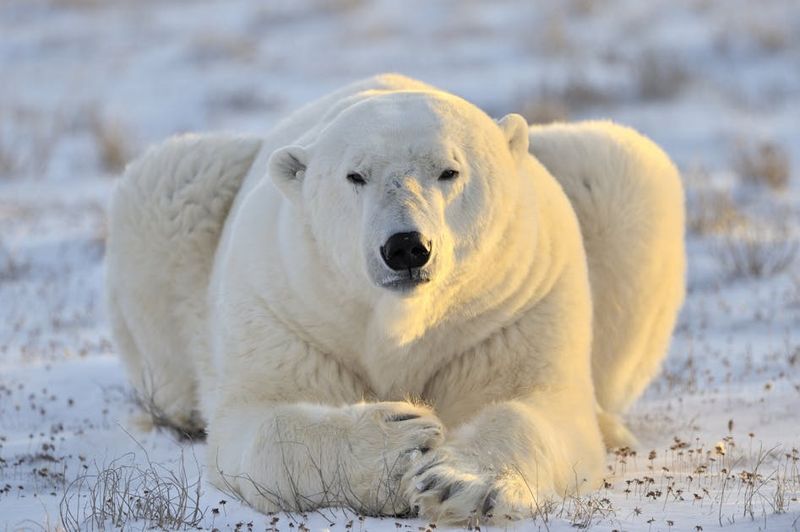
Roaming the Arctic, polar bears are masters of cold survival. Their dense fur and thick blubber layer insulate against freezing temperatures.
Expert hunters, they rely on sea ice to hunt seals. Despite their size, polar bears are excellent swimmers, capable of traveling vast distances in icy waters.
Facing climate change, polar bears are iconic symbols of resilience. Their ability to endure in harsh polar environments showcases adaptability and the challenges of survival in a warming world.
Ostrich
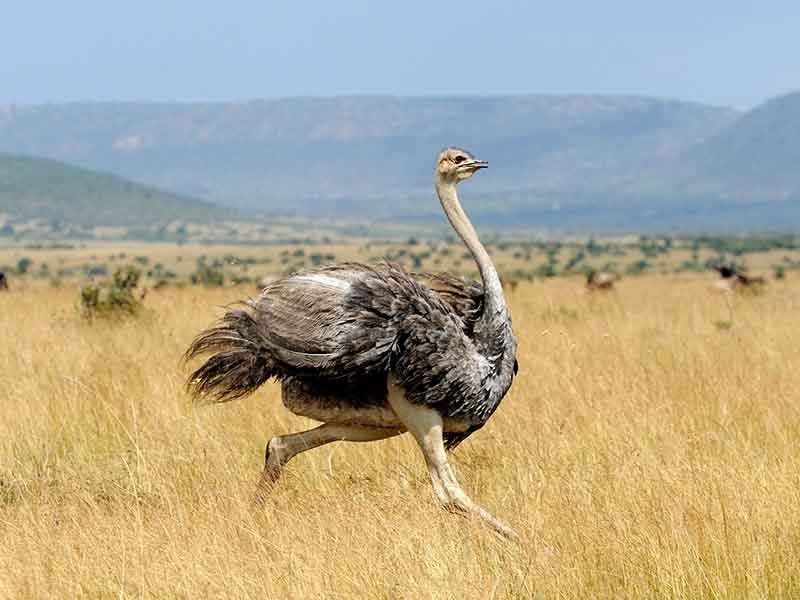
The ostrich, Earth’s largest bird, thrives in Africa’s hot savannas. Known for their speed, they can outrun predators with strides up to 16 feet.
Their powerful legs aren’t just fast; they’re formidable, capable of delivering lethal kicks. Ostriches possess a unique physiology, with a high tolerance for heat and a diet that includes tough plant matter.
These agile birds showcase remarkable adaptation to harsh environments. Their resilience is a testament to evolution’s ability to equip animals for survival against the odds.
Dromedary Camel
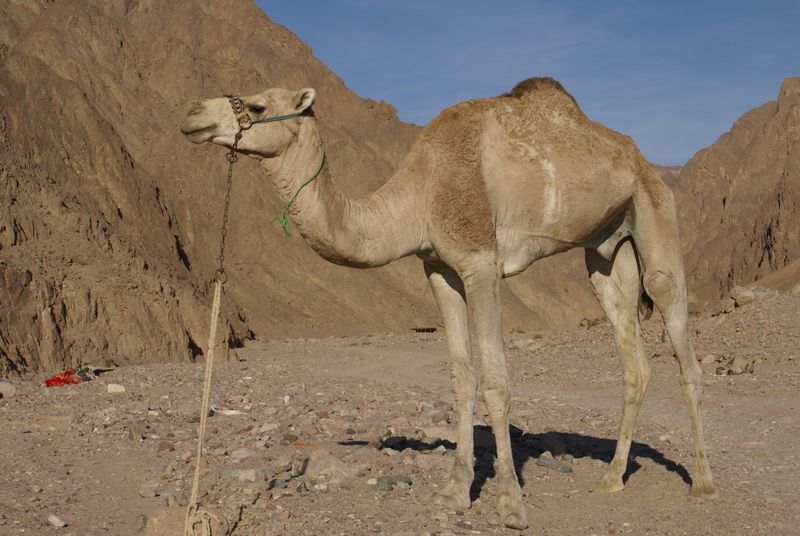
The dromedary camel, with its single hump, is perfectly adapted to desert life. Able to withstand extreme heat and dehydration, they play a crucial role in desert ecosystems.
Their hump stores fat, providing energy when food is scarce. Efficient water conservation enables them to endure long periods without drinking.
Dromedary camels are vital for transportation and trade in arid regions. Their endurance and adaptability make them iconic symbols of desert survival and resilience.
Bdelloid Rotifer
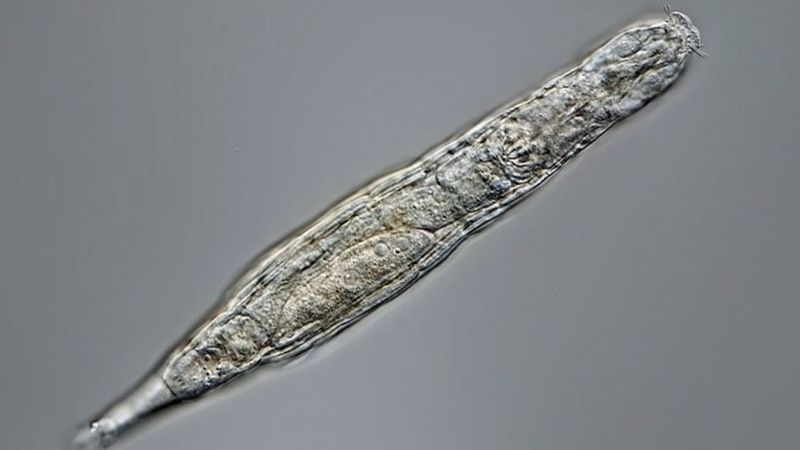
Bdelloid rotifers are microscopic aquatic animals with extraordinary survival skills. They can endure desiccation by entering a cryptobiotic state, preserving themselves for years without water.
These resilient creatures reproduce asexually, thriving in various environments. Their ability to withstand extreme conditions fascinates scientists.
Bdelloid rotifers highlight life’s adaptability and resilience. Their unique reproductive strategy and survival tactics make them intriguing subjects for studying evolution and adaptation.
Axolotl
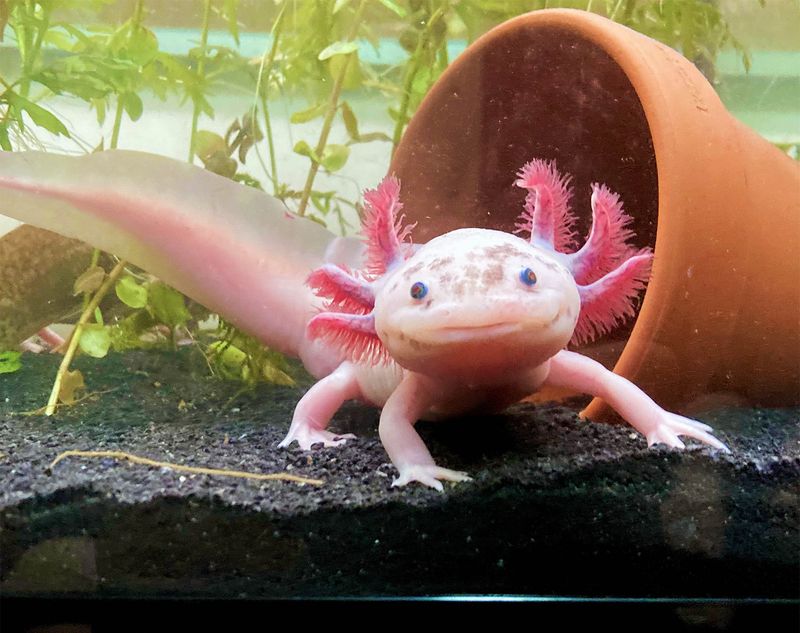
Axolotls, native to Mexico, are amphibians known for remarkable regenerative abilities. They can regrow entire limbs, spinal cords, and even parts of their heart and brain.
This capacity for regeneration sets them apart in the animal kingdom. Axolotls thrive in aquatic environments, displaying unique features like external gills and a perpetual juvenile form.
Their regeneration fascinates scientists, offering insights into healing and cellular growth. Axolotls symbolize resilience and the potential for biological regeneration in the face of adversity.
American Alligator
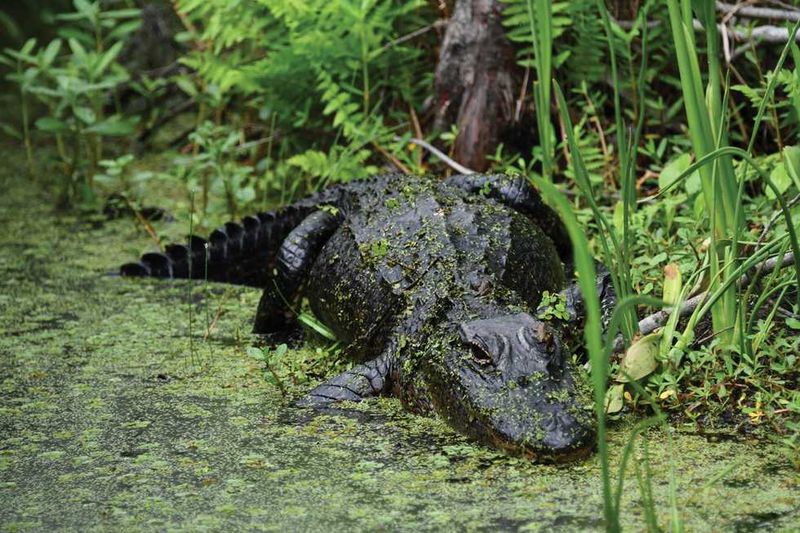
American alligators are formidable survivors in the swamps of the southeastern United States. With powerful jaws and armored bodies, they dominate their habitat.
Cold-blooded reptiles, they rely on environmental heat sources to regulate body temperature. Their ability to survive in varying climates demonstrates adaptability.
Alligators’ resilience is a reminder of their prehistoric lineage. As apex predators, they play a crucial role in maintaining ecological balance, showcasing survival through the ages.
Kangaroo Rat
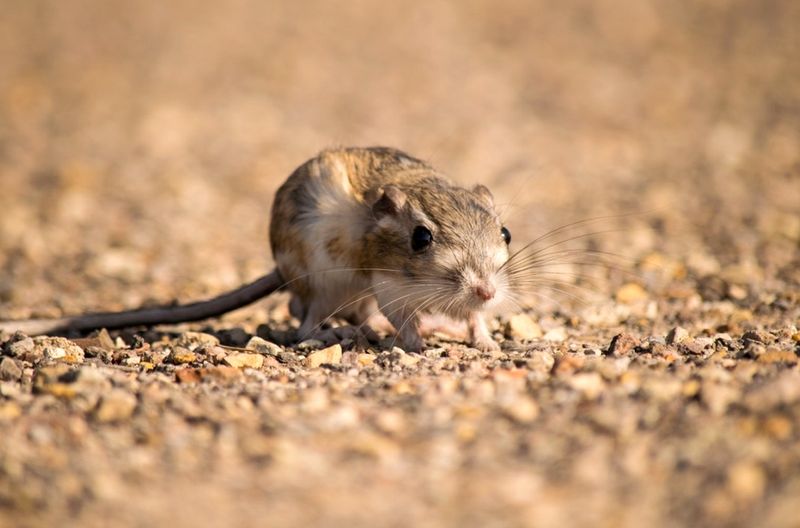
In North American deserts, kangaroo rats survive without drinking water. They obtain moisture from seeds and have specialized kidneys for water conservation.
These nocturnal rodents have impressive jumping abilities, evading predators with agile leaps. Their burrowing habits protect them from extreme temperatures.
Kangaroo rats highlight nature’s ingenuity in adapting to arid conditions. Their unique lifestyle and survival tactics make them fascinating subjects for studying desert ecology.
Alaskan Wood Frog
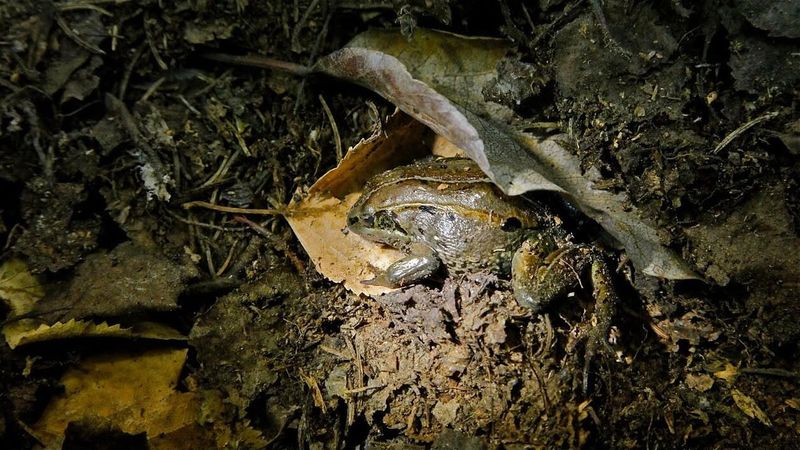
The Alaskan wood frog employs a unique survival strategy: it freezes solid during winter. Found in North American forests, it can endure with 65% of its body water turned to ice.
Its heart stops, and metabolism slows drastically. As spring arrives, it thaws and resumes normal functions. This adaptation allows survival in harsh, cold climates.
The wood frog’s ability to freeze and thaw is a testament to nature’s resourcefulness. It serves as a reminder of life’s incredible adaptability in the face of winter’s challenges.
Rattlesnake
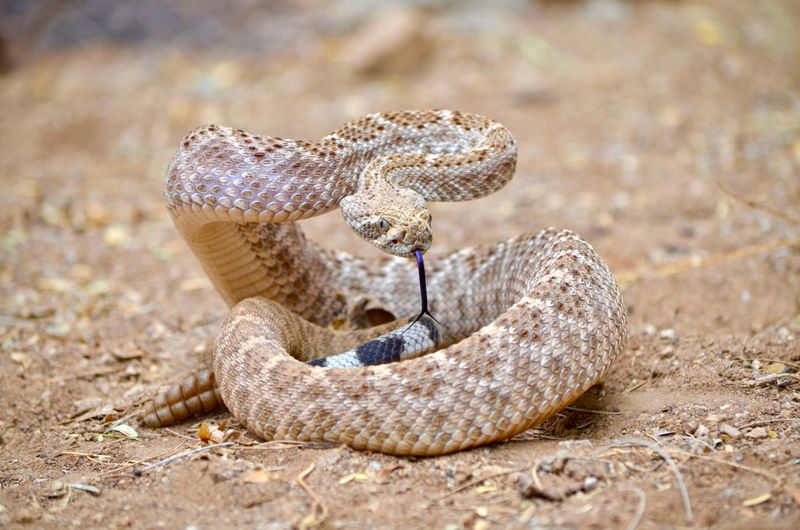
Rattlesnakes are iconic reptiles of North American deserts and grasslands. Their heat-sensing pits allow them to detect warm-blooded prey even in the dark.
With potent venom and swift strikes, they efficiently hunt and defend themselves. Their rattle serves as a warning, deterring potential threats.
These resilient snakes showcase adaptability to harsh environments. Their survival skills and role in controlling rodent populations highlight ecological significance and evolutionary success.
Greenland Shark
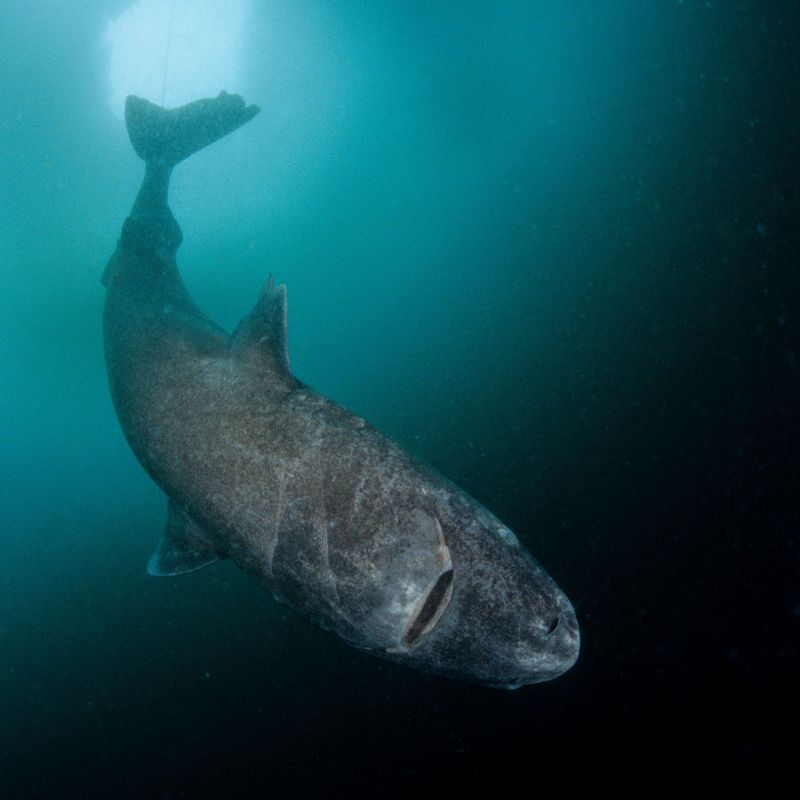
Greenland sharks inhabit the cold depths of the North Atlantic and Arctic Oceans. Known for their slow growth, they are among the longest-living vertebrates, with lifespans over 400 years.
Their ability to endure extreme cold and dark conditions is remarkable. Greenland sharks are top predators, preying on fish and marine mammals.
Their longevity and adaptability challenge our understanding of life in harsh environments. Greenland sharks embody resilience and the mysteries of deep-sea survival.
Sea Cucumber

Sea cucumbers, found on ocean floors worldwide, have extraordinary regenerative capabilities. They can expel internal organs when threatened, later regenerating them.
These echinoderms play a vital role in marine ecosystems by recycling nutrients. Their ability to regenerate and adapt to various environments is impressive.
Sea cucumbers symbolize resilience and ecological importance. Their unique defense mechanism and regenerative skills offer insights into the wonders of marine life.
Pompeii Worm
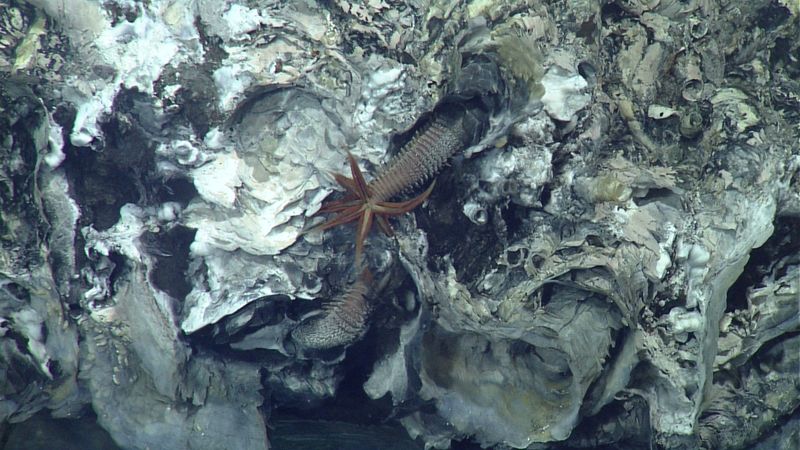
Nestled deep in the ocean, the Pompeii Worm thrives in one of the harshest environments on Earth. These resilient creatures make their homes on hydrothermal vents, enduring temperatures that soar over 176°F (80°C).
With their heat-resistant bristles and symbiotic bacteria coating, they manage not only to survive but to thrive. Their adaptability to extreme heat is nothing short of miraculous.
Surprisingly, the bacteria also provide nourishment to these worms, creating a unique ecosystem.
These remarkable worms remind us of nature’s ingenuity, surviving where most life cannot. A true testament to life’s tenacity.

